Former Bell Aquaculture land-based aquaculture system could produce first AquAdvantage harvest in late 2019
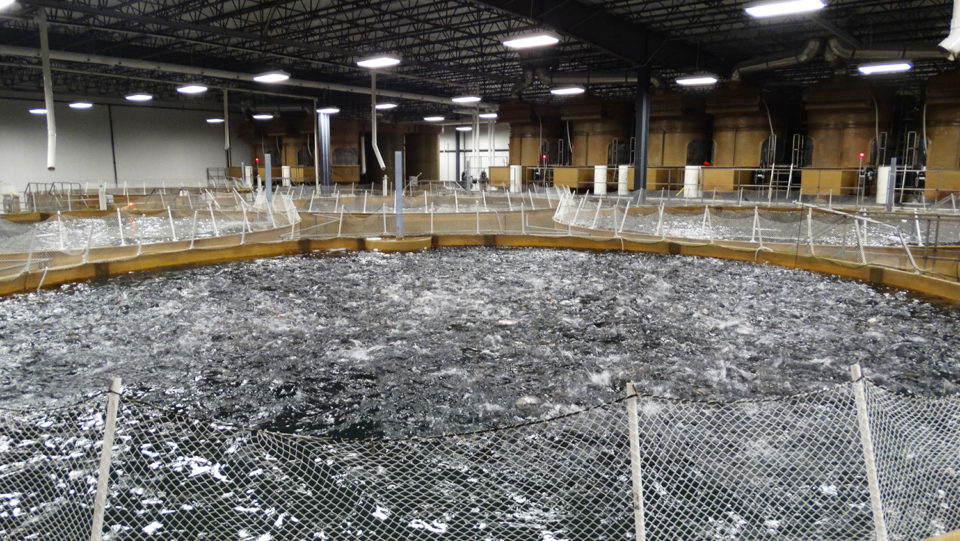
Genetically modified (GM) farmed Atlantic salmon for sale in the United States took another step closer to reality last week with AquaBounty Technologies’ purchase of an existing recirculating aquaculture system (RAS) facility in Indiana.
Ron Stotish, CEO of the Maynard, Mass.-based biotechnology company, told the Advocate that the Bell Fish Co. (formerly Bell Aquaculture) operation in Albany, Ind. – previously used to farm yellow perch, steelhead trout and salmon – has finally put a timeline on salmon’s arrival to supermarkets and restaurants: The first GM salmon harvest from the 1,200-metric-ton land-based farm is expected to happen by the third quarter of 2019.
The “relatively new” facility, he said, is the company’s first commercial-scale operation in the United States and can easily be repurposed to farm AquAdvantage.
“There’s been a lot of sincere interest in our product and sincere and genuine interest in finding ways of participating in this technology. We’re encouraged by that,” that Stotish.
Saying the $14 million deal for the Bell site took shape over the last couple of months, Stotish added that the opportunity was a good fit for the company’s business model of placing RAS farms in proximity to major metropolitan areas. Albany is about 200 miles to the Southeast of Chicago.
Bell Aquaculture suffered a setback two years ago as two creditors seeking payments won judgments against the company after it failed to respond to lawsuits. In March, Trive Capital Partners invested in the company with the goal of returning the facility to full capacity after production had been temporarily ceased for restructuring and financing. Its new owner, AquaBounty, is a majority-owned subsidiary of Intrexon Corp.
Marketplace acceptance for GM salmon a mixed bag
GM salmon generated a controversy and confusion long before the U.S. Food and Drug Administration (FDA) in late 2015 approved the company’s application for the production, sale and consumption of its fast-growing fish, a process that took the better part of two decades to complete. Despite the controversy, Stotish said many barriers within seafood industry have fallen or are ready to fall, and he’s confident that consumers will eventually accept it.
“We have more opportunities than we have fish,” he said. “That’s why the focus is on production. It’s been well received by retail and distribution. The challenge is how to grow fish and enter them into commerce. Many [retailers] are ready to deal with the perception issues. We’re always aware, take nothing for granted and remain encouraged by the genuine interest shown by the industry.
“As consumers become more aware of the significant contributions, partly from agriculture in their prepared foods and their day-to-day lives, there is a greater understanding. We hope that will continue.”
While the Canadian government last year won a lawsuit aiming to block the fish’s approval for sale and consumption in Canada, as well as the ensuing appeal, there remain some obstacles for AquaBounty to clear in the United States.
The Center for Food Safety and Food & Water Watch sued the FDA in a California court, a case that Stotish said was moving “painfully slowly.” He remained confident that the U.S. government would prevail in that case.
It’s been well received by retail and distribution. The challenge is how to grow fish and enter them into commerce.
The two groups are opposed to GM salmon because of threats – diseases, mating and competition for resources – they say potential escaped fish could present to wild salmon populations. They also object to the fact that GM fish will not have to be labeled as such, per FDA’s ruling.
Sen. Lisa Murkowski (R-Alaska) has been a vocal opponent as well, but AquaBounty has repeatedly stated (and the FDA has agreed) that its closed-containment farms pose no risk to wild fish stocks, the environment or Alaska’s vibrant wild-catch salmon industry. Many retailers – including Costco, Kroger, Safeway, Trader Joe’s, Red Lobster and Whole Foods – have pledged not to sell the product in their stores or restaurants.
Stotish has argued that AquAdvantage salmon, with its shorter life span due to its enhanced growth rate, is the single technology that could make land-based aquaculture for finfish species economically viable. Confirming that AquaBounty has identified additional sites, Stotish downplayed the notion that the Indiana farm’s 1,200-ton capacity wasn’t of adequate scale to become a profitable venture.
“The not-big-enough [argument] is certainly true, in that there is a benefit in the unit of cost production as you go up. Our models agree with that. That’s not to say that those smaller facilities can’t be profitable. As you go up to 5,000, 6,000 [metric tons] there is a benefit for cost of scale – but above that it doesn’t increase much more. I question why anything smaller is not ‘big enough.’”
Now that you've reached the end of the article ...
… please consider supporting GSA’s mission to advance responsible seafood practices through education, advocacy and third-party assurances. The Advocate aims to document the evolution of responsible seafood practices and share the expansive knowledge of our vast network of contributors.
By becoming a Global Seafood Alliance member, you’re ensuring that all of the pre-competitive work we do through member benefits, resources and events can continue. Individual membership costs just $50 a year.
Not a GSA member? Join us.
Author
-
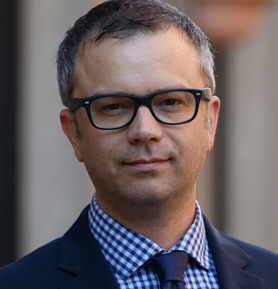
James Wright
Editorial Manager
Global Aquaculture Alliance
Portsmouth, NH, USA[103,114,111,46,101,99,110,97,105,108,108,97,101,114,117,116,108,117,99,97,117,113,97,64,116,104,103,105,114,119,46,115,101,109,97,106]
Tagged With
Related Posts
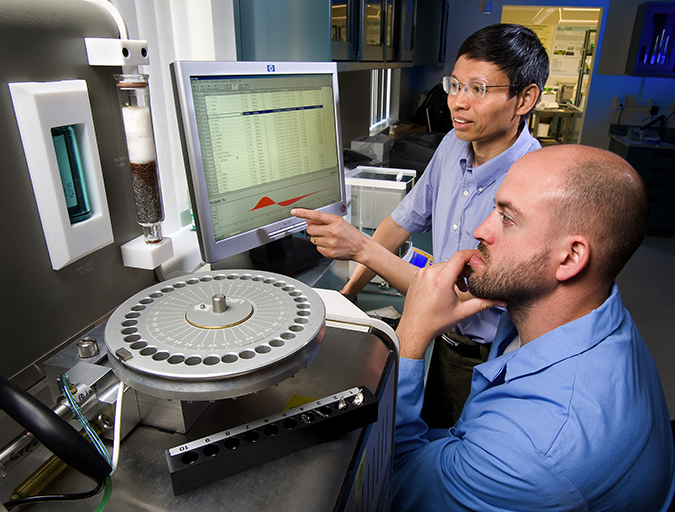
Aquafeeds
Alternative feed ingredient universe to convene at F3 meeting
What started out as a simple yet ambitious contest to drive innovation in the aquafeed sector has evolved into a fully global competition – and collaboration – amongst ingredient suppliers and feed manufacturers.
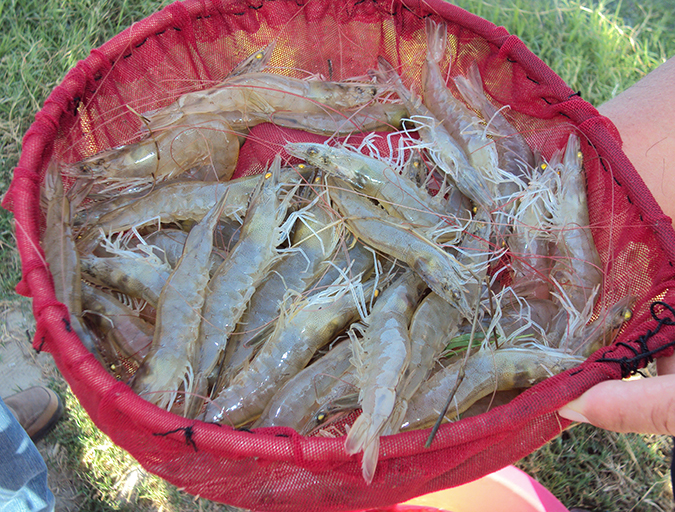
Health & Welfare
Genetics key to maximum growth rate for shrimp
Realizing higher growth rates in commercially cultured shrimp has many important benefits, including reducing various risks, cutting costs and increasing economic opportunities. Shrimp genetics primarily determines the amount of additional growth that can be achieved, as shrimp typically reflect their parents’ growth rates.
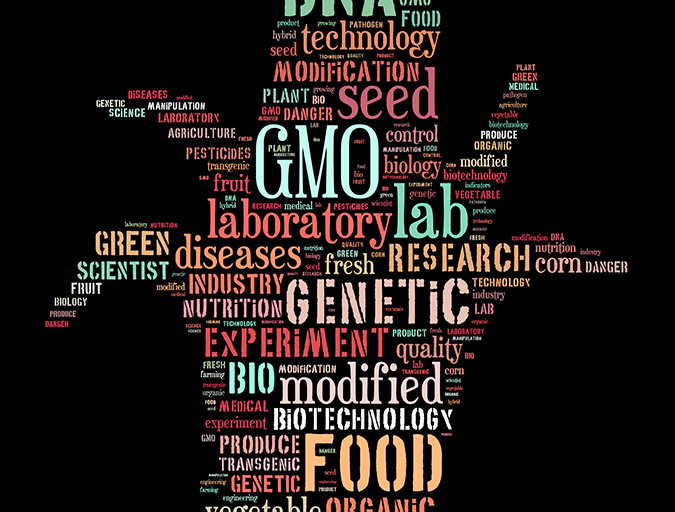
Responsibility
On GM foods, part 1: Let’s move this unproductive conversation forward
In the first part of a series on genetically modified foods, independent advisor Scott Nichols discusses the simplistic decision behind product labels and the more complex question of what could and should be the outcomes of its use.
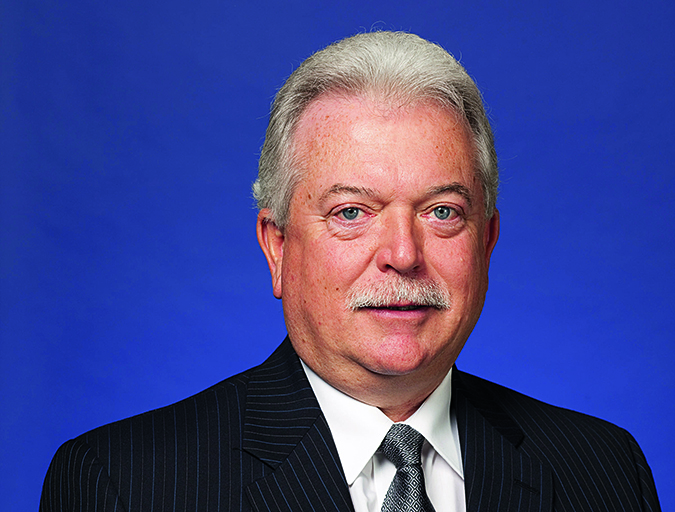
Innovation & Investment
Aquaculture Exchange: Ron Stotish, AquaBounty Technologies
Ron Stotish, CEO of AquaBounty Technologies, discusses being the first to produce a genetically modified (GM) farmed salmon deemed safe for consumption, the controversy surrounding his company's product and the potential of biotechnology.


